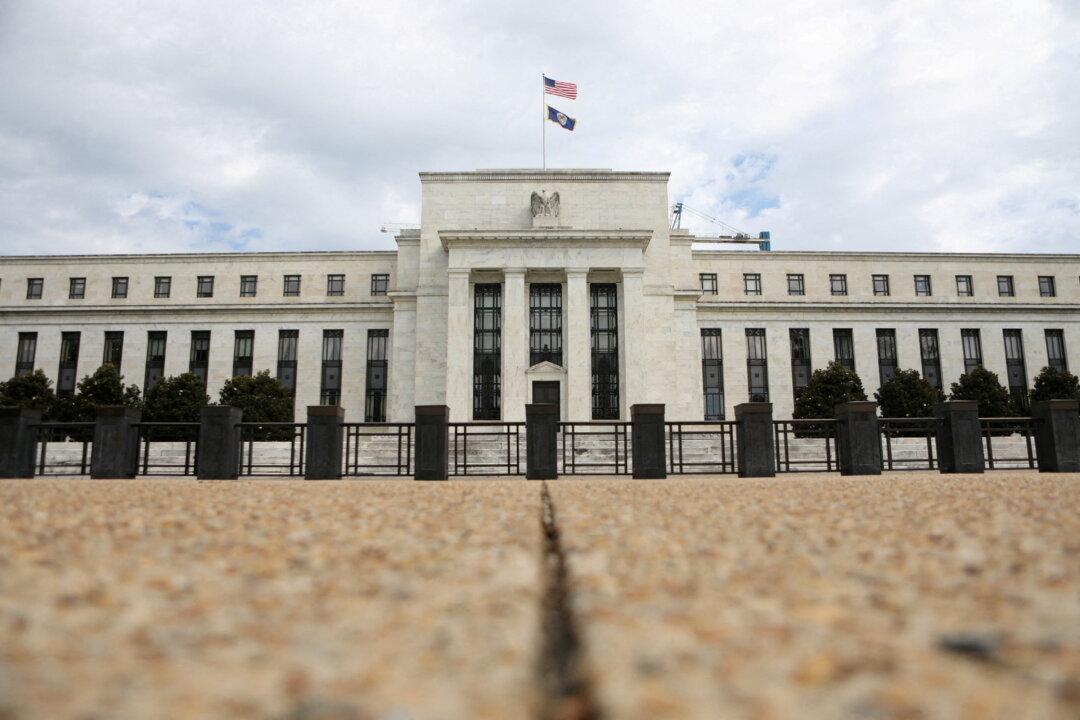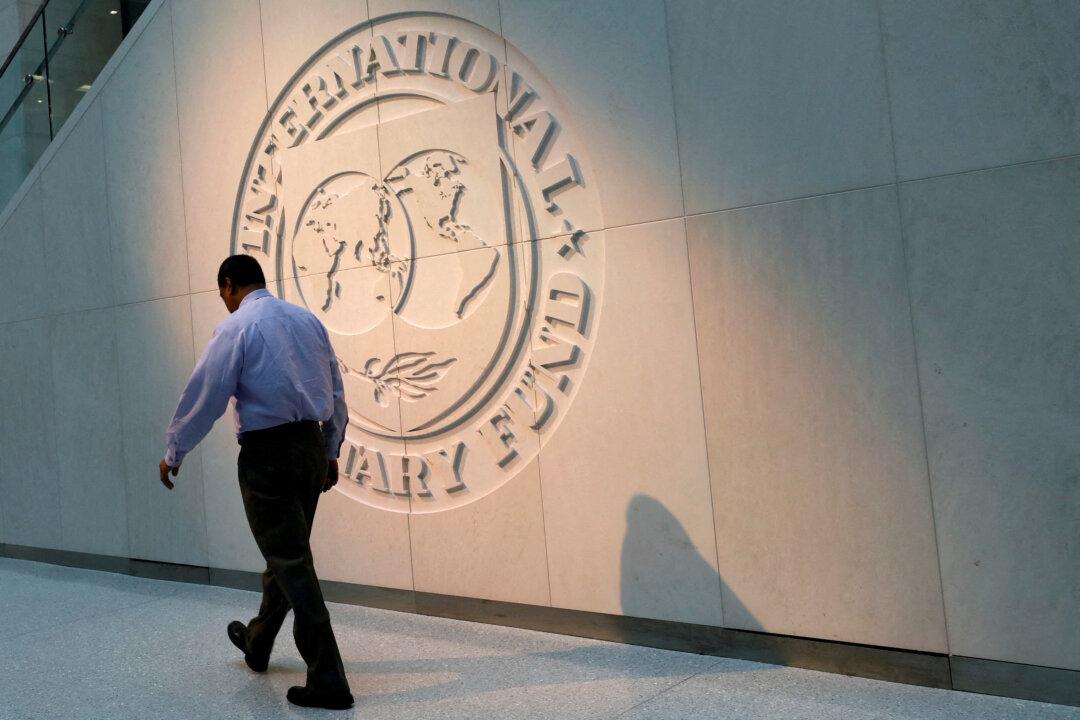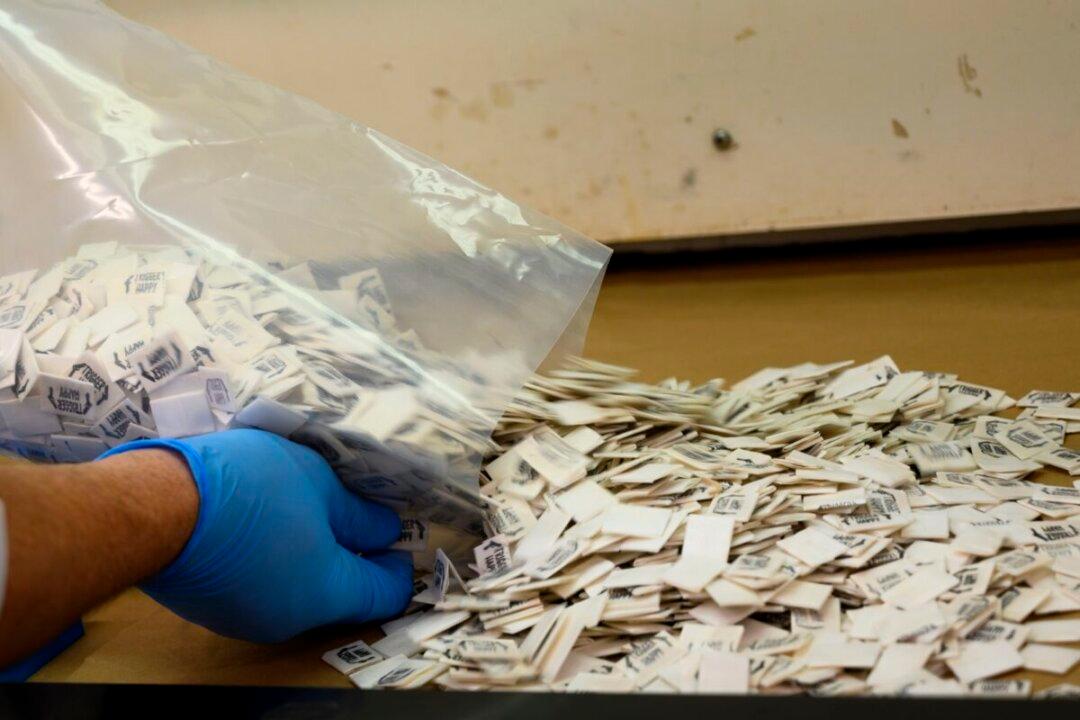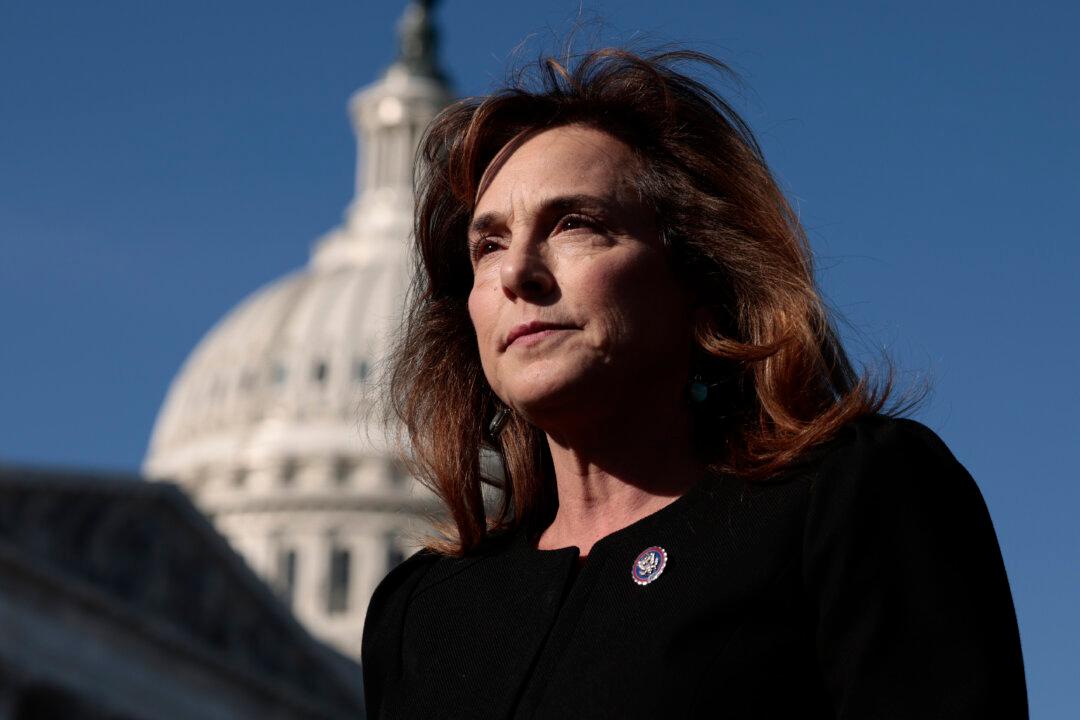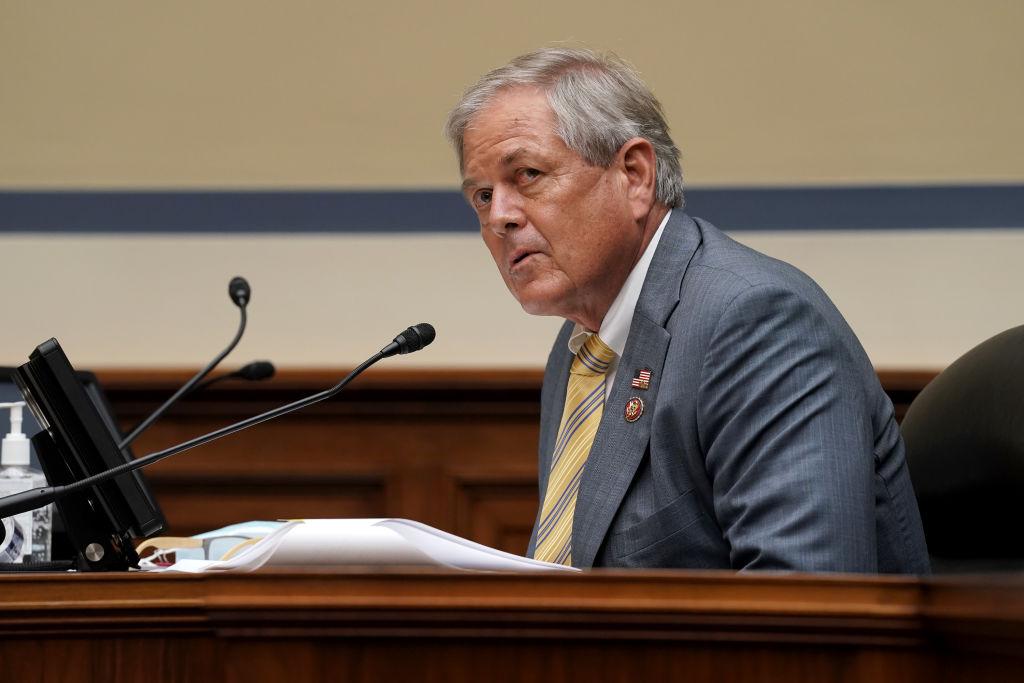After a decade in the securities business, Bill Fleckenstein began to see the writing on the wall at 2051 Constitution Avenue in the mid-1990s. At about that time, the Marriner S. Eccles Federal Reserve Board Building—at the time occupied by Fed Chairman Alan Greenspan—had a stark shift in philosophy and governance style.
Once a student of the free-market Austrian School of economics and close friend of Libertarian novelist Ayn Rand, Greenspan’s monetary policy stood in contrast to his ideological roots. The “Greenspan put” became a central theme on Wall Street, describing the Federal Reserve chair’s tendency to lower interest rates in response to declines in the stock market.
